VARIETIES AND TYPES OF TEA
REGIONS
CHINA
JAPAN
TAIWAN
THAILAND

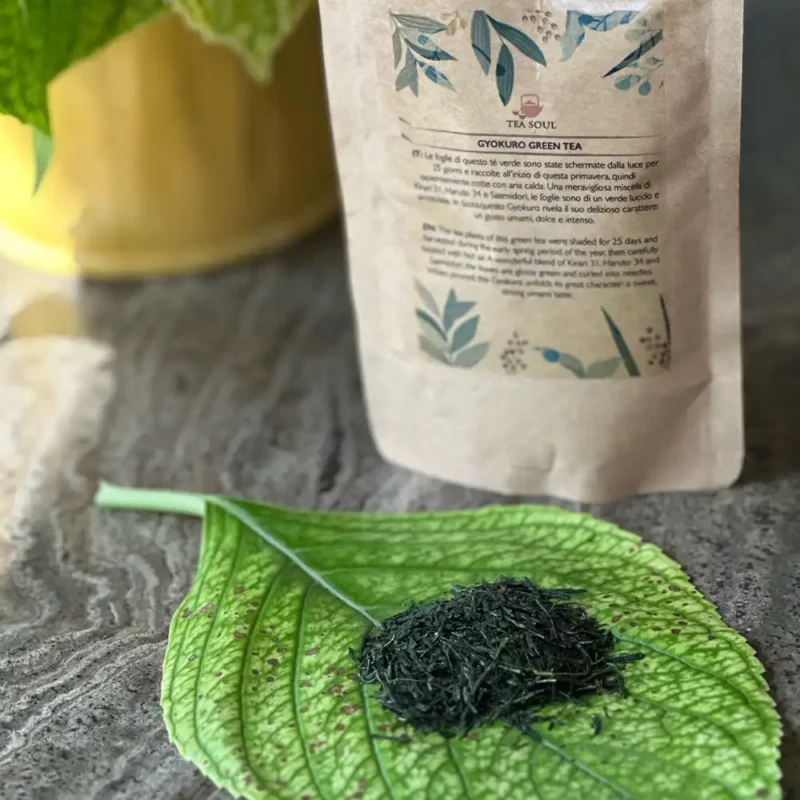
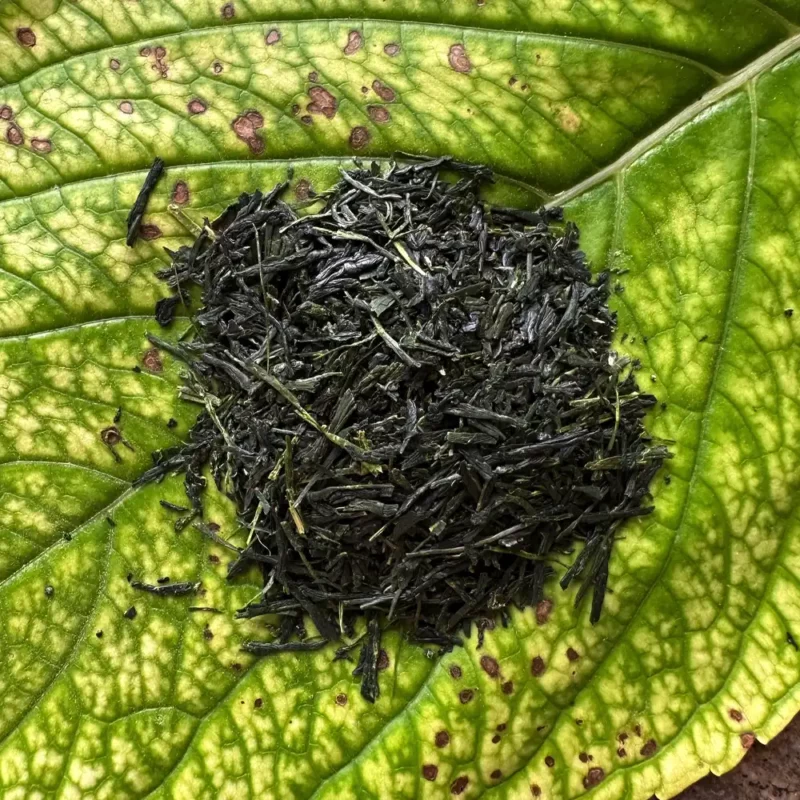
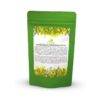
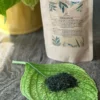
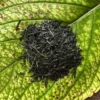
13.60€ Taxes included
The leaves of this Gyokuro green tea, shaded for 25 days and harvested early this spring, are the fruit of a wonderful blend of different cultivars, namely Kirari 31, Haruto 34 and Saemidori. Its emerald leaves have been expertly rolled to produce what is, of all things, Japan’s finest green tea. In the cup, this Gyokuro indeed reveals its delicious character: an intense umami taste, a stunning sweetness, and a body with a silky and refined texture.
Sold
The leaves of this Gyokuro green tea were shielded from light for 25 days and harvested early this spring, then expertly steamed to block oxidation.
The result of a wonderful blend of different cultivars, namely Kirari 31, Haruto 34 and Saemidori, the leaves are glossy dark green and expertly rolled to produce what is, of all things, Japan’s finest green tea. In fact, the word Gyokuro means “jade dew,” a name that perfectly renders the idea of the preciousness of this tea.
In the cup, this Gyokuro reveals its delicious character: an intense umami taste, a stunning sweetness, and a silky, refined body texture.
Gyokuro green tea has crisp, hair-thin leaves that are needle-rolled and meticulously processed. Their color is a dark green with some jade-colored leaves, shiny surface and emerald highlights. Once infused, they are tender to the touch and their color turns a bright blue-green. The aromas are vegetal and soft, with a very intense umami and a fragrance that already anticipates the sweetness of the taste. The liquor is bright straw yellow with lime highlights, transparent.
CLASSIC TEAPOT OR KYUSU
The first sip of Gyokuro green tea floods the palate with the sweetest taste and an umami that explodes on the taste buds, intense yet elegant. The savoriness of the broth meets the sweetness of the vegetable notes, with memories of pan-seared carrots, butter spinach, and sweet corn. The finish maintains the sweetness found so far, with a fruity note of boiled chestnut, while the persistence is long and picks up the sweet and savory hint of pan-seared carrots. Bitterness and astringency are not even remotely present; the body has such smoothness that this tea feels like liquid silk.
Kagoshima, Japan.
Plantations of this tea are partially darkened for three weeks prior to harvest, after which, the traditional Japanese production process follows. Freshly harvested leaves are allowed to wither for a short time and then flooded with very hot steam, which within 15 to 20 seconds accomplishes the process of “killing the green” by deactivating the enzymes that would lead the leaf to oxidize. After this important stage, the leaves are rolled to enhance their flavours and dried using hot air jets to be ready for use.
Place 3 grams of leaves (about 1½ teaspoons) of Gyokuro green tea in a Japanese Kyusu-type teapot or, in its absence, in a teapot possibly with a wide, flat bottom.
Pour 200 ml of water at a temperature of 60°C over the leaves and after 1 1/2 minutes strain and serve the tea in cups. To make the most of the leaves and continue the taste experience with this tea we recommend making 3 more infusions using the same leaves with the same quantity and temperature parameters, but lengthening the infusion time by 5-10 seconds.
The tea can be filtered for greater ease at the moment of tasting, and also the infusion times indicated above are intended to be purely indicative, so you can also adjust according to your personal taste.
As we are talking about a Japanese green tea, it is also possible to make a delicious infusion in cold water before proceeding with hot water. For the latter we recommend, with the same grams of leaves per amount of water, an infusion time of about 10 minutes.
Storage: Store in a cool, dry place away from direct sunlight.
| Weight | 0.055 g |
|---|---|
| Dimensions | 0.000000 × 0.000000 × 0.000000 cm |
| PACKAGE | 250 g, 50 g |
| Detail - Temperature | 60 °C |
| Detail - Brewing | full-bodied |
| Feature - Caffeine | High Caffeine |
| Preparation - Mug | 3gr x 200ml / 1 1/2 minutes / 3 infusions |
| Feature - Oxidation | No oxidation |
| Other - Origin | Japan |
| Other - Taste | sweet/umami |
| Other - Instants | Drink |

